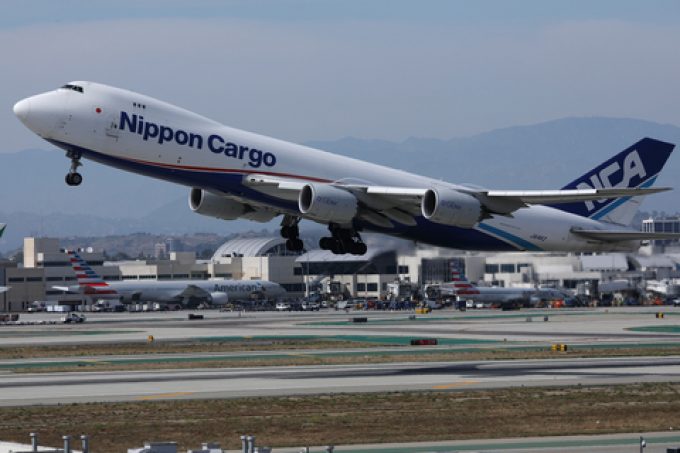Threat of rising oil price adds to frustration for crisis-hit supply chain chiefs
New warnings from the World Bank of surging oil prices, adding to the continuing instability ...

Shippers and their forwarders are getting more creative with new sea-air and road-air routes from Asia to Europe, amid Red Sea-associated shipping delays and a subsequent spike in sea freight rates, raising the fascinating prospect of California becoming a key node in Asia-Europe trades.
Flexport said it was expecting the traditional Chinese New Year spike in air freight rates this week, with Arno Hausch, head of airfreight DACH and Italy at Flexport, suggesting it was “a good time to revisit the logistics budget”.
Crowd-sourced freight rates platform Xeneta said from the week ending 14 January, the spot rate for general cargo was $2.95 per kg from China to Europe, and it expected Asia-Europe air freight rates to face upward pressure leading into Chinese New Year on 10 February.
“This will inevitably trigger a surge of cargo demand,” it said.
Ocean freight rates are also on the rise, up 235% since mid-December, but they still represent a considerable discount on air freight as, per Xeneta’s calculation, the ocean freight spot rate from China to Europe on 14 January was $0.52 per kg – converted to a per kg basis assuming 8,000 kg per feu.
Meanwhile, re-routing a vessel round the Cape of Good Hope adds 10 days transit time to an Asia-North Europe shipment, which paired with rising rates make this option less attractive. With air freight proving costly, shippers have been looking for other options, and sea-air is increasingly coming into the mix.
Xeneta predicted the Red Sea crisis would “spark interest in sea-air modes via Dubai and Los Angeles”.
According to its data, a sea-air routing via Dubai will cost roughly $1.61 per kg, which is just over three times the pure ocean cost from China to Europe, but is approximately three weeks shorter in transit time.
Hong Kong-headquartered 3PL Kerry Logistics has announced a sea-air freight service from Asia by sea to Dubai, followed by air transport to Europe. It said the service was approximately 40% cheaper than air freight and up to 40% faster than sea, taking 16-21 days.
Xeneta has also said that Los Angeles to Europe air cargo rates could be on the rise if ocean shippers “get creative” and opt for a sea-air mode via Los Angeles.
The total cost for sea-air from China to Europe via Los Angeles would be $1.33 per kg. This is 2.6 times the pure ocean freight rate and the transit time is shortened by around five days compared with sea-air via Dubai.
“In short, shipping sea-air via Los Angeles is less costly and faster when compared with a modal shift in Dubai,” said Xeneta.
Meanwhile, Kerry has utilised its Eurasian land freight network and its regional hubs along the Silk Road trade corridor to create road-air, all-road and road-rail services that span from China through Central Asia to Europe.
Its road-air shipments are completed in 15-20 days, all-road in 20-25 days and road-rail within 25-30 days – significantly faster than current sea freight transit times.
However, Xeneta warned: “The Red Sea crisis poses a serious threat to the ocean shipping on Asia to Europe routes and could extend beyond the immediate routes for air freight and into other trades.”
“In logistics, Murphy’s Law usually applies,” said Guillaume Caill, senior manager of ocean freight Benelux at Flexport.
Comment on this article
Henric Nauckhoff
January 25, 2024 at 9:26 amLAX will not be a serious contender in the air cargo realm until it gets its act together regarding warehouse space and operational efficiency.